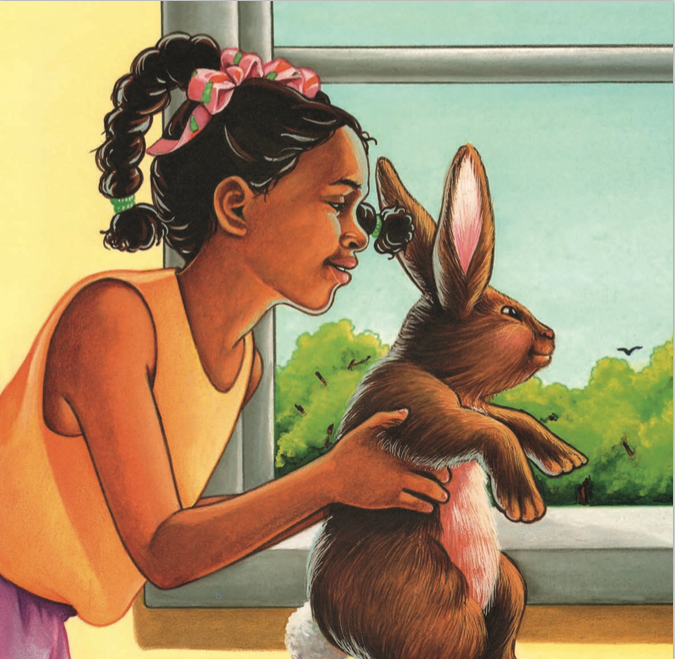Encouraging African American Students to Read African American Stories
- Steve Floyd
- Jan 29, 2016
- 2 min read
As we celebrate the 90th Anniversary of Black History Month, there are many reasons to rejoice and many remarkable achievements that deserve to be acknowledged. However, along with the encouraging news on so many fronts, there is one issue that we simply can’t ignore: the on-going gap in the reading scores of young African-American children as reported in the NAEP (often referred to as the nation’s report card).
WHY WE NEED DIVERSE BOOKS
Unfortunately, according to the report, 82% of African-American students are not reading at proficiency in 4th grade. In addition, boys across the board are trailing girls in reading proficiency on average by 6%.
These low test scores are not news; this reading gap has been reported for decades and although there are slight increases in the levels of reading proficiency, would anyone possibly agree that 18% of 4th graders reading proficiently is acceptable?
So as concerned educators and parents what can we do?
TAKING ACTION
If the goal is to improve reading proficiency for young black children in elementary school, let’s proactively use Black History Month as a catalyst. There are a number of practical recommendations that can be easily implemented in the classroom, after school, at home in the evening and on weekends to encourage and motivate young children of color (especially boys) to spend more time reading each week.
ONE. Provide African-American stories and books with positive and engaging black role models, in the classroom and in other related activities.
TWO. Allow children to have more choices with a broader range of books to select from (topic, ethnic mix, genre, cultural setting, etc.).
THREE. Use reader’s theater to actively engage students and help them focus their energy on the characters and plot of the story.
FOUR. Group children with similar interests together in reading circles so that they can discuss the aspects of a story they like and share their perspective about other books that might interest other kids.
FIVE. Incorporate books with an African-American setting to appeal to black children as well as broaden the experience of students from other backgrounds. Check out TheBrownBookshelf.com or access our African-American Reading List for ideas on African-American stories you can bring into the classroom and home.
SIX. Not all books fit all students, so look for ways to creatively support students’ varied entry points into reading. Try to provide each student with appropriate, specific support and timely remediation when needed.
SEVEN. Be open to more creative ways to discuss characters, settings, themes and plots to make stories more relevant and more meaningful to a child’s experience, especially children of color.
EIGHT. Make an effort to get families more actively involved in creating frequent and regular reading time each day, either in a family group setting or individually for each child.
ONWARDS!
These steps don’t need additional budget dollars, just awareness, intent and commitment to implement on a regular basis.
The stakes are higher than ever, so let’s use Black History Month as a catalyst to start actively looking for new ways to get more children of color involved in reading – not just to pass standardized tests (18% is not acceptable) but also to open more opportunities for them to explore the wider world and discover the kind of lives they may want to live.






Opmerkingen